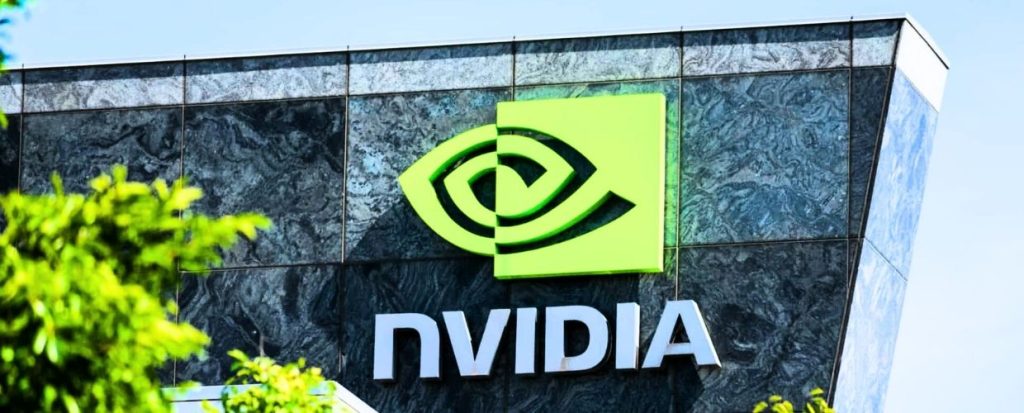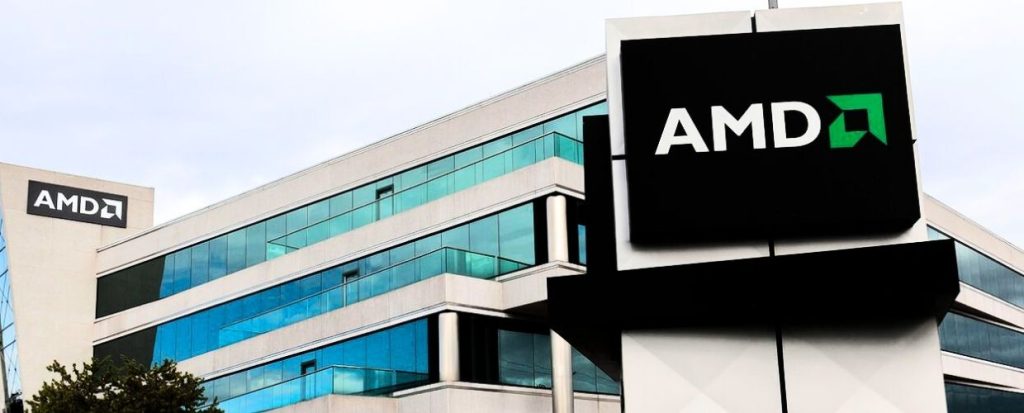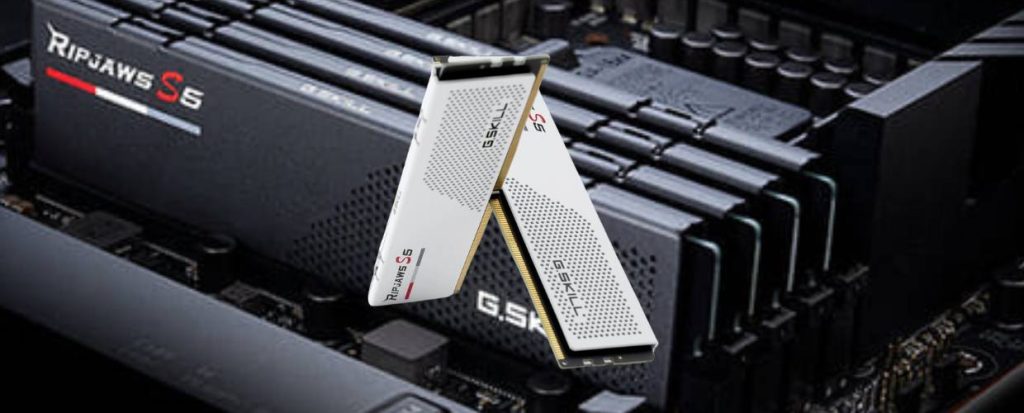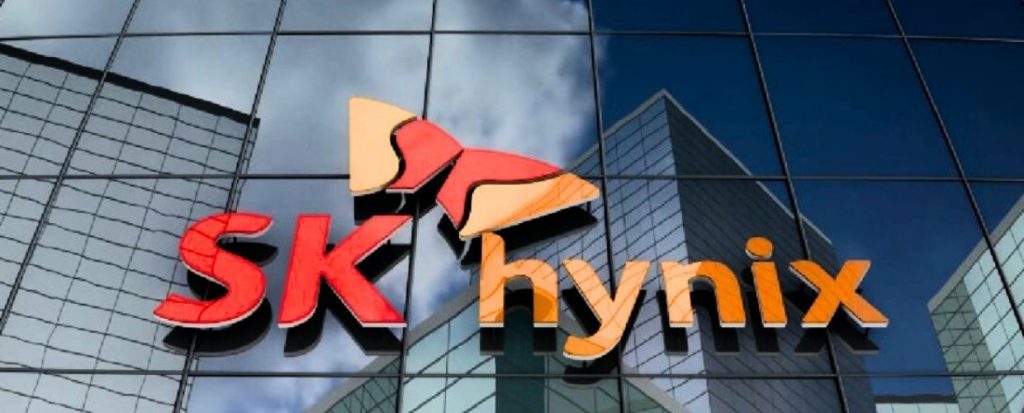
Intel: Pioneering the Future of Computing Through Innovative Hardware Solutions
In technology, few names evoke as much recognition and influence as Intel Corporation. With a history of over five decades, Intel has consistently pushed the boundaries of innovation to become a global leader in the semiconductor industry. This article delves into the remarkable journey of Intel as a hardware company, exploring its pivotal contributions, impact on diverse sectors, and its crucial role in shaping the present and future of computing.
Founding and Early Innovations
Founded in 1968 by Robert Noyce and Gordon Moore, Intel was initially focused on producing memory chips. However, the company quickly pivoted its focus towards microprocessors, an area that would define its legacy. In 1971, Intel introduced the groundbreaking 4004 microprocessor, the world’s first commercially available microprocessor. This milestone marked the beginning of a revolution in computing, laying the foundation for future achievements.
x86 Architecture: A Revolution in Computing
One of Intel’s most significant contributions to the hardware landscape is the x86 microprocessor architecture. Introduced in the late 1970s with the 8086 processor, the x86 architecture would become the cornerstone of modern computing. The evolution of x86 processors, including the iconic 8088, 80286, 80386, and subsequent generations, propelled the growth of personal computers and reshaped how individuals interact with technology.
The Pentium Era and Beyond
The launch of the Intel Pentium processor in 1993 marked another watershed moment in the company’s history. The Pentium series represented a leap forward in processing power and efficiency, powering a new era of multimedia-rich applications and fostering the growth of the internet. Subsequent generations of processors, including the Core series, continued to refine and enhance performance, setting new standards for computing capabilities.
Centrino and Mobile Computing
Intel’s innovative spirit extended beyond traditional desktop computing to mobile computing. The introduction of the Centrino platform in 2003 revolutionized laptops by combining energy-efficient processors, wireless connectivity, and improved battery life. This move reshaped the laptop market and laid the groundwork for the proliferation of mobile computing devices, paving the way for the modern era of smartphones and tablets.
Driving Technological Convergence
Their commitment to innovation led to the convergence of computing and communication technologies. The integration of processors, graphics, and connectivity solutions on a single chip, exemplified by Intel’s Core processors with integrated graphics, demonstrated the company’s ability to anticipate and adapt to changing technological landscapes.
AI and Data-Centric Innovations
As computing needs evolved, Intel diversified its offerings to include solutions that catered to data-centric applications. The company’s Xeon processors for servers and workstations, coupled with advancements in artificial intelligence and machine learning, are positioned at the forefront of the data-driven revolution. Its Optane memory technology further accelerated data access and storage capabilities, enhancing computing experiences.
Moore’s Law and Semiconductor Advancements
Gordon Moore’s eponymous “Moore’s Law,” predicting the doubling of transistor counts on a microchip approximately every two years, became a guiding principle for advancements. The company’s ability to continually shrink transistors and improve chip performance has driven the rapid evolution of computing power, enabling new applications and experiences.
Impact on Diverse Industries
Intel’s hardware innovations have left an indelible mark on a wide array of industries, transforming their landscapes in profound ways:
- Personal Computing: Intel’s microprocessors have been instrumental in shaping the evolution of personal computers, from early desktops to modern ultrabooks and 2-in-1 devices.
- Enterprise Computing: Intel’s Xeon processors power data centers, cloud computing, and critical business applications, contributing to the digital transformation of industries.
- AI and Machine Learning: Intel’s processors and specialized architectures accelerate AI workloads, facilitating breakthroughs in natural language processing, image recognition, and autonomous systems.
- Connectivity: Their contributions to wireless and networking technologies have enabled seamless connectivity and communication, shaping how individuals and devices interact.
Looking to the Future
Intel’s journey as a hardware company is characterized by its dedication to innovation and ability to shape technology’s future. The company’s focus on advancing semiconductor technology, optimizing performance, and fostering collaboration positions it to continue driving progress in computing and related fields.
Conclusion
The legacy of Intel Corporation is one of relentless innovation, transformative contributions, and a commitment to pushing the boundaries of what is possible in computing. From its humble beginnings as a memory chip manufacturer to its present status as a global technology leader, its hardware solutions have permeated every facet of modern life.
As the company continues to innovate, adapt, and anticipate technological shifts, its influence on computing and the broader technology landscape remains unparalleled. Its story is a testament to its past achievements and a glimpse into the limitless potential of the future of computing.












Responses